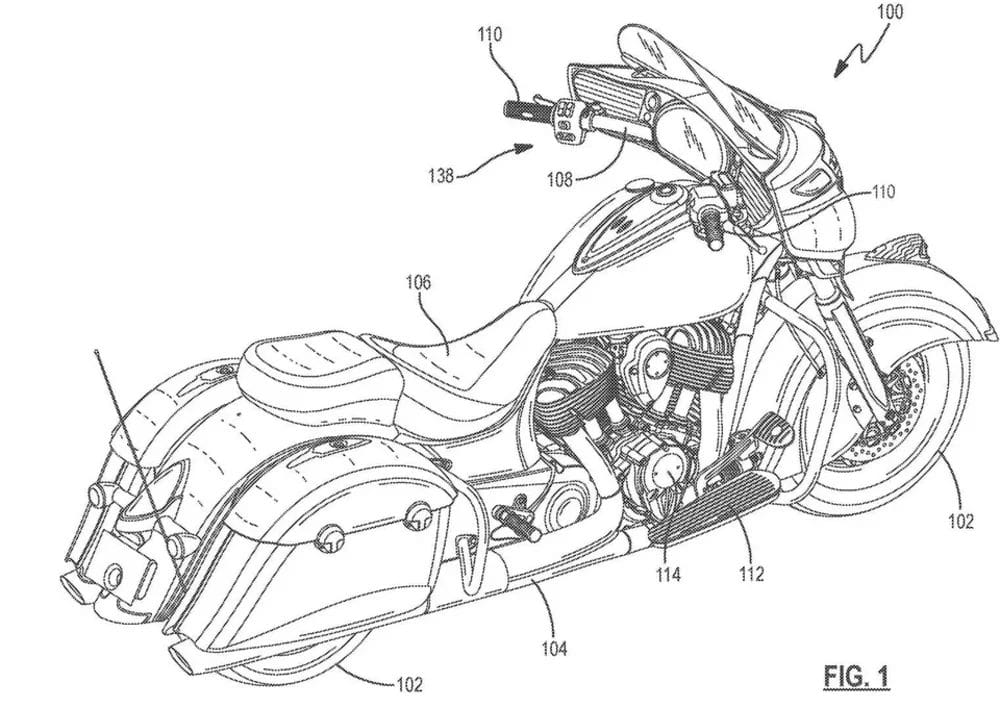One of the biggest problems for motorcyclists in winter is the cold: whether they are traveling short or long distances, the cold temperature not only impairs their riding pleasure, but also their safety. To combat the cold, there are many possibilities when riding a motorcycle, one of which is thermal clothing and accessories such as heated grips or seats.
Unfortunately, both have some weaknesses: heated grips and seats can have their cold-relieving effect somewhat reduced when wearing heavy, technical winter clothing with high-tech layers designed precisely to prevent “transmission” between the outside and inside of the clothing, while advantageous heated clothing – because it is in contact with the body – often has to be powered by batteries or connected to the bike’s electrical system. In the first case, there is the risk of a heat supply that is limited in time and unsatisfactory for the trip or the itinerary (and the batteries must then be recharged), while in the second case the presence of cables for the electrical connection sometimes discourages those who want something more practical.

It is probably for this reason that Indian has considered patenting technical clothing with wireless charging, a bit like smartphones: equipping the bike with induction charging points: footrests, cuffs or other points of contact with the clothing which, in the patent, must be of a specific type and dedicated to charging.
Although there were other aspects to consider, such as the need for specific clothing (and therefore perhaps the formation of new technical standards), but the advantage of climbing onto the seat without having to connect cables or batteries and immediately feeling warm could overcome any doubts. By the way, Indian has also proposed induction charging – or holding a charge – for batteries. Nothing new, but the fact that it is applied to a motorcycle equipped with an ICE engine is innovative.







